スキーのデザインは大きく進化しました。生存のために使われた古代の木製板から、パフォーマンスと楽しさを追求した最新の軽量ハイテクモデルまで。知っておくべきことは次の通りです:
- 初期のスキー:何千年も前、スキーは狩猟や移動のためのシンプルな木製道具でした。
- 大きな変化:1928年の金属エッジの導入とカーボンファイバーのような現代素材が耐久性、コントロール、パフォーマンスを革命的に向上させました。
- 現代の革新:Snowfeet*のような企業は、手頃な価格で初心者に優しく、通常の冬用シューズでも使える短くて携帯可能なスキーを作り出しています。
- なぜ重要か:Short skisは学習が簡単で、コントロール性が高く、さまざまな地形に対応できるため、より多くの人がスキーを楽しめるようになります。
簡単比較
| 特徴 | 初期のスキー | 現代のスキー | Snowfeet* 製品 |
|---|---|---|---|
| 素材 | 木材 | カーボンファイバー、ケブラー | ガラス繊維強化 |
| 長さ | 長い(6フィート以上) | さまざま(5〜6フィート) | 短い(15〜39インチ) |
| 携帯性 | かさばる | 中程度 | 軽量でバックパックに適している |
| 履物 | 専用ブーツ | 専用ブーツ | 普通の冬用靴 |
| コスト | 該当なし | 高価 | 手頃な価格(150ドル以上) |
現代のスキー設計は、Snowfeet*のような選択肢が先導する中で、冬のスポーツをより簡単で誰にでもアクセスしやすくすることに焦点を当てています。初心者でも熟練者でも、これらの革新は雪の楽しみ方を変えています。
スキー設計の大きな変化:木材からハイテク素材へ
初期の木製スキーとその問題点
最初のスキー工場は1886年にノルウェーで開設されましたが、これらの初期の製造スキーにも多くの問題がありました。当時のスキーは、カバノキ、松、またはモミの長くて平らな板に過ぎませんでした[8,10]。今日の高性能ギアとは大きく異なっていました。
主な問題の一つは脆さでした。スキー製造者は水溶性の接着剤を使っており、湿気に耐えられなかったため、スキーは短時間の使用で変形したり壊れたりしました。そして、当時としては創造的でしたが—例えば紀元前8000年の中国北部で発見された最古のスキーは馬の皮で覆われた木製の板でした—通常の使用による摩耗には耐えられませんでした。
もう一つの大きな問題はグリップでした。スチールエッジがないため、これらのスキーは氷結や硬く締まった雪の上でほとんど制御不可能でした。ターンも難しく、平らな形状のためカービングが困難で、スキーヤーは基本的な技術に頼らざるを得ませんでした。さらに、木製の表面は滑らかに滑らず、特に荒れた雪の条件ではすぐに摩耗してしまいました。
新素材:スチール、アルミニウム、その他
1928年に金属エッジが導入され、状況は一変しました。スチールとアルミニウムはスキーに優れたグリップと耐久性をもたらし、木製デザインの多くの問題を解決しました。防水接着剤が従来の水溶性接着剤に取って代わり、濡れた雪の条件でもスキーの信頼性が大幅に向上しました。この変化は単なる小さな調整ではなく、新時代の始まりを意味します。実際、スキー用品市場は2023年の15億ドルから2032年には21億ドルに成長すると予測されており、高度な素材への需要が続いていることを反映しています。
次に登場したのはカーボンファイバー、ガラス繊維、ケブラーなどの複合材料と、7050やA6013のようなアルミニウム合金です。これらの素材はスキーを強化するだけでなく、振動吸収性も向上させ、より滑らかな乗り心地を実現しました。
木材からハイブリッド素材への切り替えにより、デザイナーは特定のニーズに合わせてスキーのフレックスやトーションを精密に調整できるようになりました。これにより、異なるスタイルや地形、条件に合わせたスキーの設計が可能となり、今日の最先端デザインの基礎が築かれました。
現代のデザイン特徴
これらの進歩を踏まえ、今日のスキーは木製の祖先とはまったく異なります。短く、軽く、はるかに耐久性があり、ラミネート/サンドイッチ、トーションボックス、モノコック/キャップ構造などの現代的な製造技術のおかげです。カーボン・ケブラー混合素材は強度を高めつつ軽量化も実現しています。
現代のスキーは水害のような古い問題にも対処しています。例えばアルミニウム製スキーは完全に耐湿性があり、コアショットやエッジの錆びといった問題を解消しています。耐久性だけでなく、業界は環境問題に対応するために性能を損なわずにエコフレンドリーな素材にも注力しています。
技術も重要な役割を果たしています。ビンディングのスマートセンサーは快適さと安全性を向上させ、カスタマイズオプションによりスキーヤーは自分のニーズに合わせてギアを調整できます。企業はSnowfeet*のようなコンパクトなデザインも試しており、ガラス繊維強化素材と金属エッジを使って、通常の冬用靴と組み合わせられる軽量で携帯可能な装備を作り出しています。
違いは驚くべきものです。初期の木製スキーは重くて壊れやすく、性能も限られていましたが、今日のモデルは耐久性があり、反応性に優れ、幅広いユーザーに対応しています。例えばM1 Skisは、2024年から競技イベントで使用が承認されている国際スキー&スノーボード連盟(FIS)によって認められており、スキー技術の進歩を示しています。
短いスキーとSkiskates:新しいタイプの冬のスポーツ
短いスキーの何が違うのか?
長年、長いスキーがゲレンデを支配してきましたが、短いスキーが状況を変えつつあります。これらのコンパクトな代替品は、時には小さい方が冬のスポーツ愛好者にとって本当に良いことを証明しています。
伝統的なスキーは通常150~180 cm(59~71インチ)で、ルーフラックや大きなバッグが必要ですが、短いスキーは軽量で持ち運びが簡単、バックパックや車のトランクにも楽に収まります。これにより、かさばるギアの手間なしに気軽な旅行に最適です。さらに、小さいサイズは素早い停止や多様な地形のナビゲートに驚くほどのコントロールを提供します。ハイキングコース、クロスカントリーパス、そり滑りの丘など、整備されたコースを超えた新しい可能性を開きます。このトレンドはSnowfeet*のようなブランドが新しいアイデアで先導する道を切り開いています。
Snowfeet*:新しいアイデアのリーダー
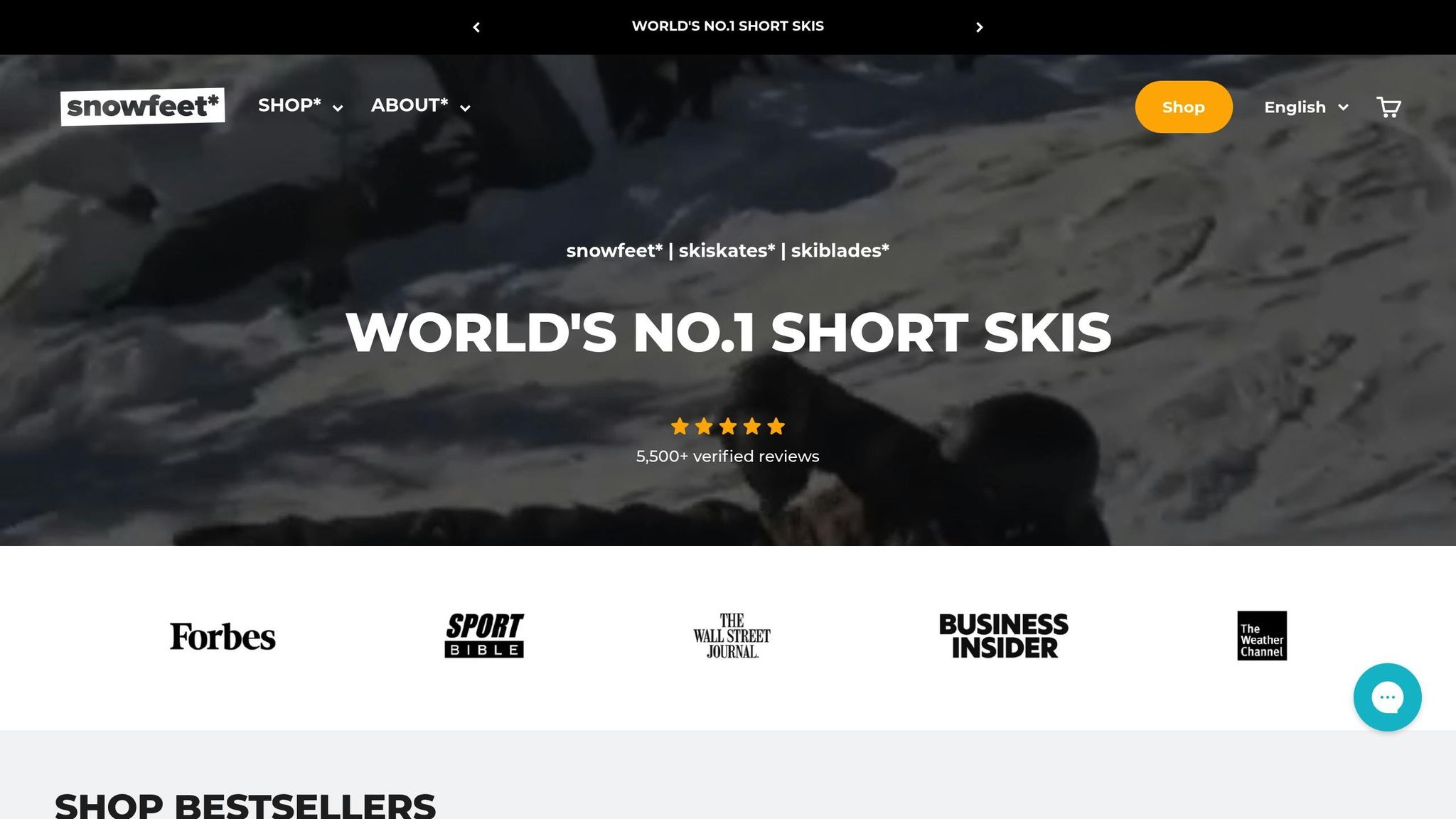
Snowfeet*は短いスキーのコンセプトを全く新しいレベルに引き上げ、冬のスポーツシーンのゲームチェンジャーとなりました。5万人以上のライダーと5,500件以上の検証済みレビューを持つこのブランドは、人々がこのエキサイティングな変化をどれほど受け入れているかを示しています。
Snowfeet*製品の際立った利点の一つは、通常の冬用シューズと互換性があることです。高価で不快なスキーブーツを買ったり、プロのフィッティングを受けたりする必要はありません。Snowfeet*はすでに持っている履物で使えます。さまざまなニーズと予算に合わせた製品を提供しています。例えば、38 cmのミニSki Skatesは150.00ドルから、99 cmのSkibladesは490.00ドルで購入可能です。ガラス繊維強化素材と金属製スキーエッジで作られており、耐久性がありスキー場での使用も認められています。
"これまでで間違いなく最高の買い物の一つです。" – Vanessa, UK
"もう元のスキーには戻れません。" – Andrew B.
業界のルールを変える
Snowfeet*は冬のスポーツの常識を塗り替えています。伝統的なスキーヤーは安定性とスピードのために長いスキーを好みますが、Snowfeet*は短いスキーがレクリエーションスキーヤーにとって比類なき簡単さ、楽しさ、多用途性を提供することを証明しています。コンパクトなデザインは幅広いユーザーにとってよりアクセスしやすく、楽しいものにしています。
安全性も大きなメリットです。短いスキーは長さが短いため、転倒時の関節への負担をレバレッジとトルクを最小限に抑えて軽減します。これにより、特に初心者や不必要な負担を避けたい方にとって安全な選択肢となります。スキーリゾートに行くときも、庭で楽しむときも、短いスキーは冬のスポーツをより包括的で親しみやすいものにします。
Snowfeet* は価格面でも革新をもたらしています。手頃な価格の選択肢を提供することで、冬のスポーツに挑戦する際の経済的な壁を下げています。このブランドのビジョンは単にスキーを販売することにとどまらず、スキスケートをオリンピック競技にすることを目指し、雪のスポーツを楽しく、アクセスしやすく、創造的な表現に満ちたものにすることに注力しています。
"今までで一番楽しい雪上体験でした。" – Nathan F.
スキー装備の進化 - 1930年から現在まで
sbb-itb-17ade95
通常のスキー、スノーボード、Snowfeet* 製品の比較
Snowfeet* は冬のスポーツギアに革命的なアプローチを導入しました。伝統的なスキーやスノーボードと比べてどうなのか見てみましょう。Rossignol、Atomic、Head、Elanのようなブランドは長くてかさばるデザインを守っていますが、Snowfeet* は軽量でコンパクトな代替品を提供し、業界に新風を吹き込んでいます。
携帯性と利便性
伝統的なスキーやスノーボードは整備された斜面での安定性とパフォーマンスを重視して設計されていますが、正直なところ持ち運びは簡単ではありません。長いスキーやスノーボード、専用ブーツ、その他のギアを考えると、すべてを運ぶにはルーフラックや大きなバッグが必要になるでしょう。
Snowfeet* は異なるアプローチを取っています。例えば、彼らのMini Ski Skatesは約15インチの長さで非常に軽量です。このコンパクトなデザインにより、バックパックに簡単に入れられ、ルーフラックや大きなバッグは不要です。さらに良いのは、高価なスキーやスノーボードブーツを買う必要がないことです。Snowfeet* 製品は普段の冬用シューズで使えるため、スペースとお金の両方を節約できます。
使いやすさとアクセスのしやすさ
スキーやスノーボードの習得は挑戦となることがあります。スキーインストラクターのOli Pringleが言うように、「スキーは習得しやすく、スノーボードはマスターしやすい」です。スキーは直立姿勢のため最初は自然に感じるかもしれませんが、パラレルターンのような技術を習得するには時間がかかります。一方、スノーボードはバランスや体重移動、視野の制限など、最初に多くの努力が必要です。
Snowfeet* 製品はシンプルさを追求しています。短めのデザインのおかげで、操作やコントロールが簡単です。これにより、スキーやスノーボードを一度も経験したことがない人でも初心者に優しい製品となっています。急な学習曲線もなく、難しい装備も不要で、ただ楽しくシンプルに雪を楽しめます。
比較表
| 特徴 | 伝統的なスキー | スノーボード | Snowfeet* 製品 |
|---|---|---|---|
| 長さ | 安定性のための長さ | 勢いをつけるための長さ | 持ち運びやすい短さ |
| 重量 | 追加装備付きで重い | ブーツ付きで重い | 軽量でコンパクト |
| 携帯性 | ルーフラックまたはバッグが必要 | 大きなバッグが必要 | バックパックに収まる |
| 習得曲線 | 中程度、練習が必要 | 初心者には急勾配 | すべてのスキルレベルに簡単 |
| フットウェアの要件 | 専門的なスキーブーツ | 専用のスノーボードブーツ | 標準的な冬用シューズ |
| 地形の多様性 | 整備された斜面で最適 | 整備された斜面とパーク | さまざまな地形で使える |
| 総費用 | 追加ギアのため高い | 一般的に高い | 手頃でシンプル |
| 収納 | かさばりスペースを多く取る | かなりのスペースが必要 | コンパクトで収納が簡単 |
Snowfeet*が際立つ理由
伝統的なギアは高額で装備が多いことが多いですが、Snowfeet*は手頃でオールインワンのパッケージを提供し、管理が簡単です。携帯性、シンプルさ、アクセスのしやすさに重点を置くことで、冬のスポーツをより怖くなく、ずっと楽しいものにしています。
Snowfeet*は、伝統的なギアの面倒さなしに斜面を楽しむ新しく便利な方法を提供し、雪のスポーツに対する考え方を変えています。体験をより軽く、簡単に、そして楽しくすることがすべてです。誰がそれを望まないでしょうか?
冬のスポーツの未来:Snowfeet*で簡単アクセスと楽しさを
冬のスポーツは急速に変化しており、Snowfeet*はこの変化の最前線にいます。伝統的なブランドが長くて重いギアに固執する中、Snowfeet*は体験を再構築し、冬のスポーツをよりアクセスしやすく、手頃で、そして何よりも楽しいものにしています。
初心者に優しく
多くの人にとって、スキーやスノーボードは文字通り比喩的にも登るのが難しい山のように感じられます。レッスンの費用、かさばるギア、そして急な学習曲線が初心者を始める前に怖がらせてしまいます。Snowfeet*は、普段の冬用ブーツで使える装備を提供することでこれを変えます。
このシンプルなアプローチは参入障壁を下げます。家族は財布を空にすることなく冬のスポーツに飛び込むことができます。例えば、初心者はわずか150ドルでSnowfeet* Mini Ski Skatesから始められます。自信がつくと、250ドルの50 CMバージョンや390ドルのSkiskatesなどのオプションにステップアップできます。伝統的なスキーのように難しい技術を習得する必要があったり、スノーボードのように転倒がプロセスの一部のように感じられたりするのとは異なり、Snowfeet*製品は操作が簡単です。スケートのような動きが自然に感じられ、新規ユーザーにとって滑らかな乗り心地を実現します。この使いやすさが、よりリラックスして楽しい冬のスポーツ体験の舞台を整えます。
冬のスポーツにもっと楽しさをプラス
Snowfeet*は単に物事を簡単にするだけでなく、冬のスポーツをよりエキサイティングにします。革新的な「スキスケーティング」コンセプトはスキーとスケートを組み合わせ、雪景色を探検する全く新しい方法を提供します。短いスキーは動きの自由度を高め、ユーザーが自分のスタイルを切り開くことを促します。整備された斜面を滑るのも、バックカントリートレイルに挑戦するのも、地元の公園をクルージングするのも、Snowfeet*はすべての雪の外出を冒険に変えます。
さらに、多用途なデザインによりスキーリゾートに限定されません。Snowfeet*のギアはハイキングトレイルや近所でも同様に使え、思いがけない冬の楽しみの世界を広げます。
Snowfeet*: 冬のスポーツの未来を形作る
Snowfeet*は単なるギアの販売にとどまらず、ムーブメントを創り出しています。ZbynekとMichaelによって設立された同社は、スキスケートを単なる趣味以上のものと考えています。いつかオリンピック競技になるかもしれない冬のスポーツとして認知されることを夢見ています。長いスキーが常に良いという古い考えに挑戦し、Snowfeet*は短いスキーでもより楽しい体験ができるという大胆なメッセージを広めています。
このビジョンを実現するために、Snowfeet*は実用的な特典も提供しています。ほとんどの国への送料無料で、3~5営業日で配送されます。ラインナップはコンパクトな38CMミニスキースケートから高度な99CMスキブレードまで揃い、あらゆるスキルレベルに対応。ヨーロッパ製で、ガラス繊維強化素材と金属エッジを使用し、確立された安全基準を満たしています。
さらに、コンパクトなデザインは生活をより楽にします。ギアは持ち運びや収納が簡単で、使用する材料も少なく済むため、冬のスポーツ愛好者にとってより持続可能な選択肢となっています。
冬のスポーツが進化し続ける中、Snowfeet*は伝統よりも楽しさ、自由さ、シンプルさを重視する人々のコミュニティを築いています。予算や経験に関係なく、誰でも気軽にギアを手に取り雪の上に出られる未来を創造しています。
よくある質問
Snowfeet製品は、パフォーマンスと使いやすさの面で従来のスキーやスノーボードよりも何が優れているのでしょうか?
なぜSnowfeetが際立っているのか
Snowfeetは、特に初心者やもっとカジュアルに楽しみたい冬のスポーツ愛好者に新鮮な体験をもたらします。コンパクトなサイズ(15インチから47インチまで)と軽量設計で、持ち運びが非常に簡単です。重いスキーやスノーボードを運ぶのはもう忘れてください - Snowfeetは旅行や収納を手間なくしてくれるほど小さいのです。
彼らのデザインは携帯性だけではありません。小さいサイズは特に狭い場所や混合地形で優れたコントロールを提供します。つまり、木々の間を縫うように動いたり、混雑した斜面をナビゲートしたりするときに、より自信と機敏さを持って動けるのです。そしてここがポイント:特別なブーツを買う必要はありません。Snowfeetは普段の冬用シューズやスノーボードブーツで使えるため、とても便利で初心者に優しいのです。
RossignolやAtomicのような従来のブランドと比べると、Snowfeetは異なる体験を提供します。多用途で膝に優しく、何よりもとても楽しいのです。長いスキーやスノーボードの現代的でダイナミックな代替を求めているなら、Snowfeetはスキルレベルに関係なく冬の外出をよりエキサイティングにしてくれるかもしれません。
なぜSnowfeet*のような短いスキーは初心者やカジュアルスキーヤーにとって優れた選択なのでしょうか?
Snowfeet*のような短いスキーは、初心者やカジュアルなウィンタースポーツファンに最適な選択です。なぜなら、扱いやすく非常に機敏で、スキーの学習がずっと楽しく、怖くなくなるからです。小さいサイズは狭いターンや多様な地形にも簡単に対応でき、自信を高めてくれます。
Snowfeet*のもう一つの大きな利点は、その軽量で携帯しやすいデザインです。RossignolやAtomicのような従来の長いスキーとは異なり、Snowfeet*は持ち運び、輸送、保管がとても簡単です。この便利さは、急な旅行や思い立った冒険に最適です。スロープ初心者やシンプルで楽しいウィンタースポーツの方法を探しているなら、Snowfeet*は手間のかからない多用途な選択肢を提供します。
なぜSnowfeet*製品は従来のスキーよりも携帯性に優れており、それがウィンタースポーツの体験をどのように向上させるのでしょうか?
Snowfeet*のギアは軽量でコンパクトなため、持ち運びがとても楽です。従来のスキーのようにかさばるキャリアやルーフラックを必要とせず、バックパックや小さなバッグにぴったり収まります。つまり、スロープに行くために大きな装備と格闘する必要はもうありません。
この携帯性はウィンタースポーツに全く新しい便利さをもたらします。初心者でも長年スキーをしている方でも、Snowfeet*は重いギアを運ぶ手間なしに山を楽しむことを簡単にします。自由に探検し、楽しみ、急な旅行もストレスフリーにすることがすべてです。





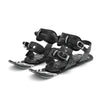
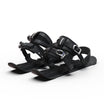
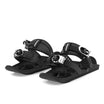

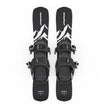
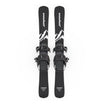

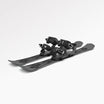
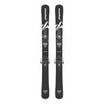

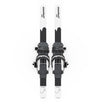





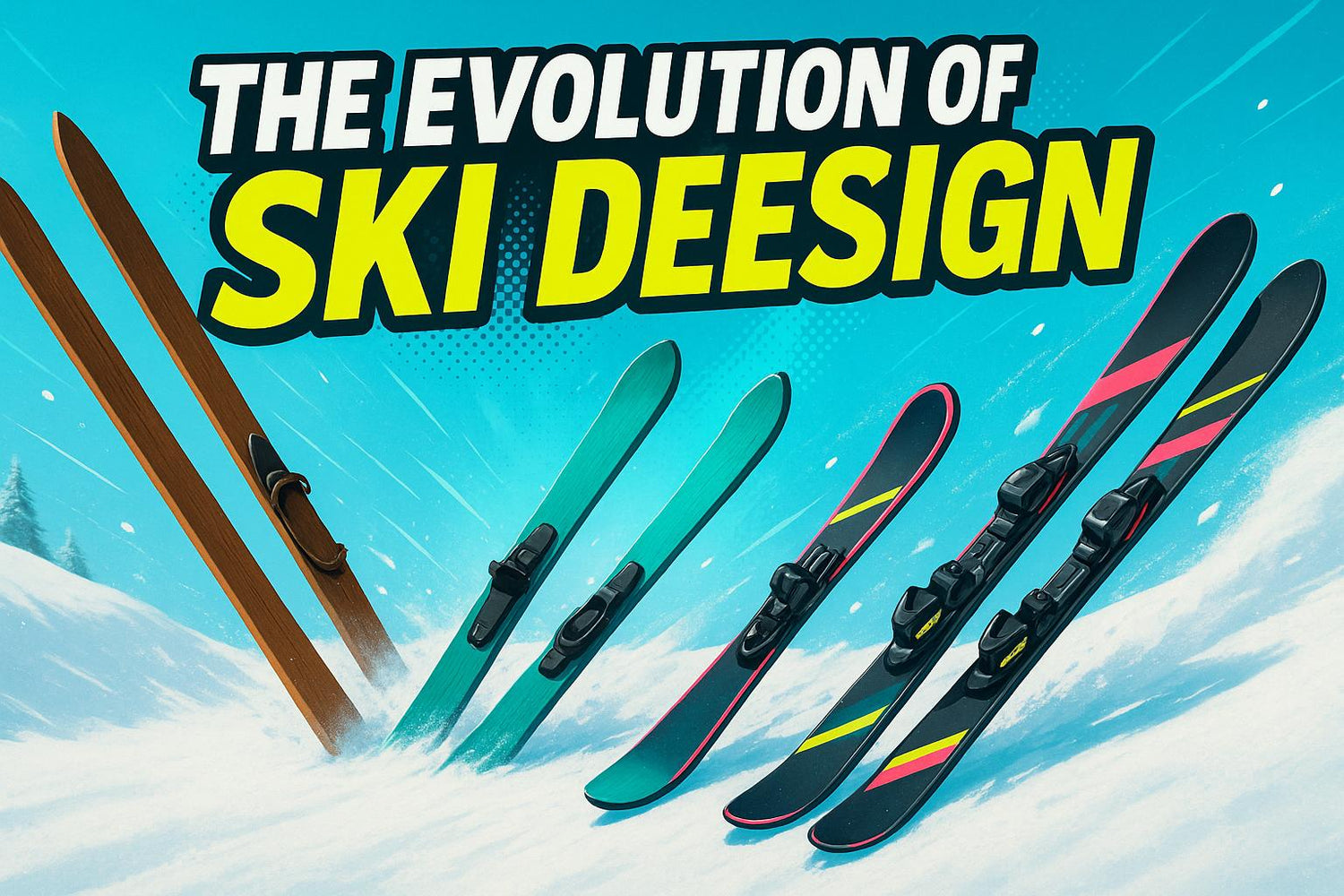
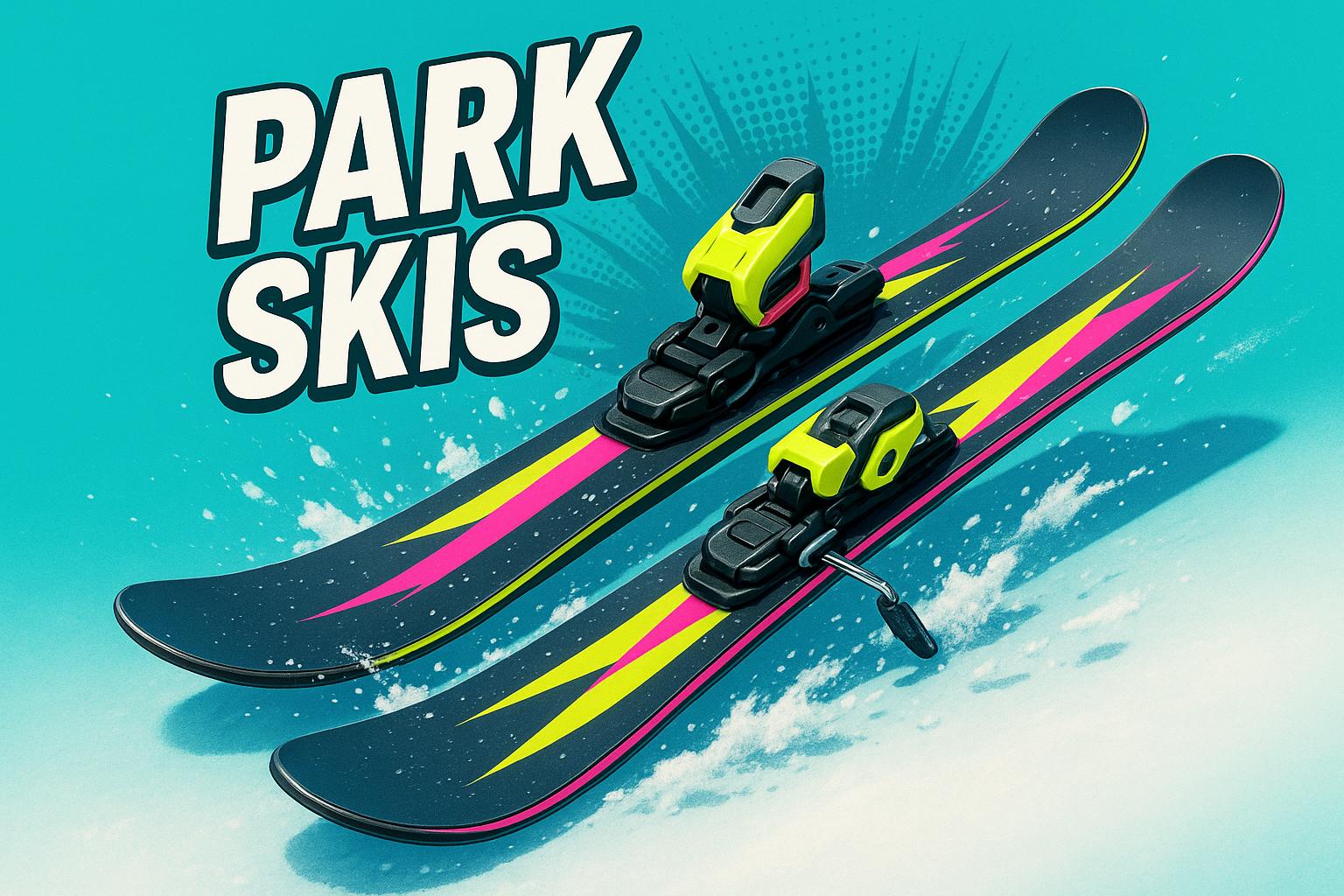
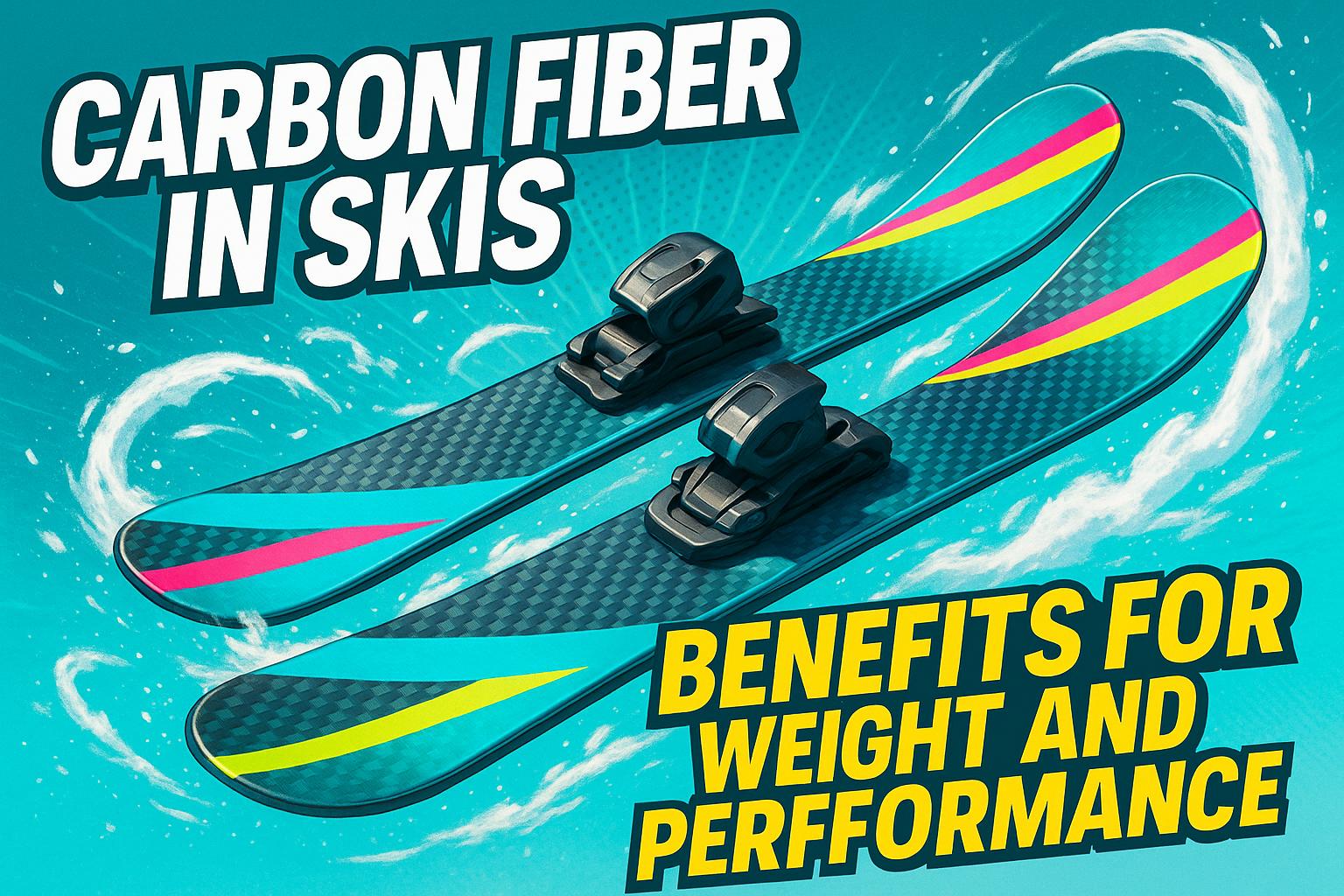
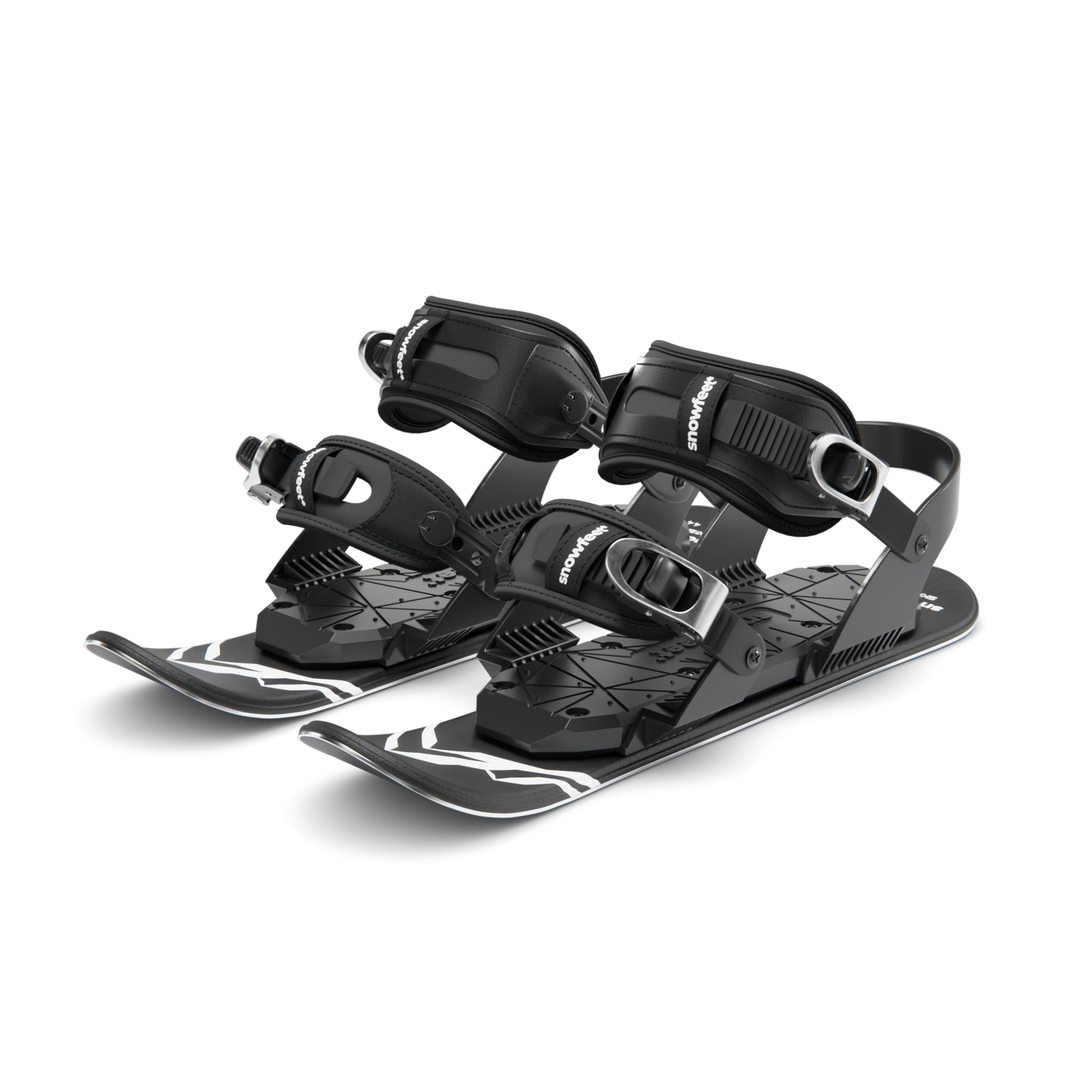

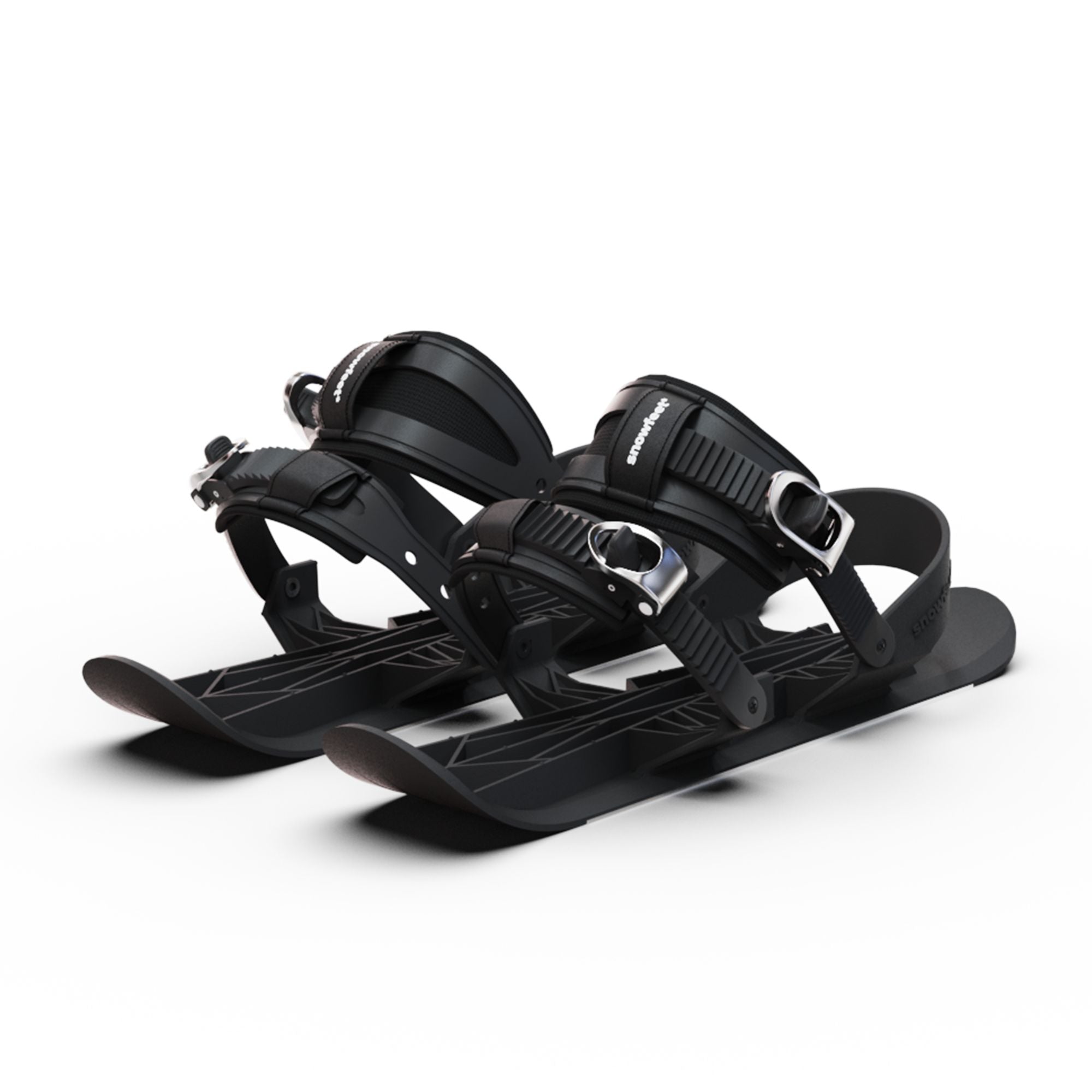
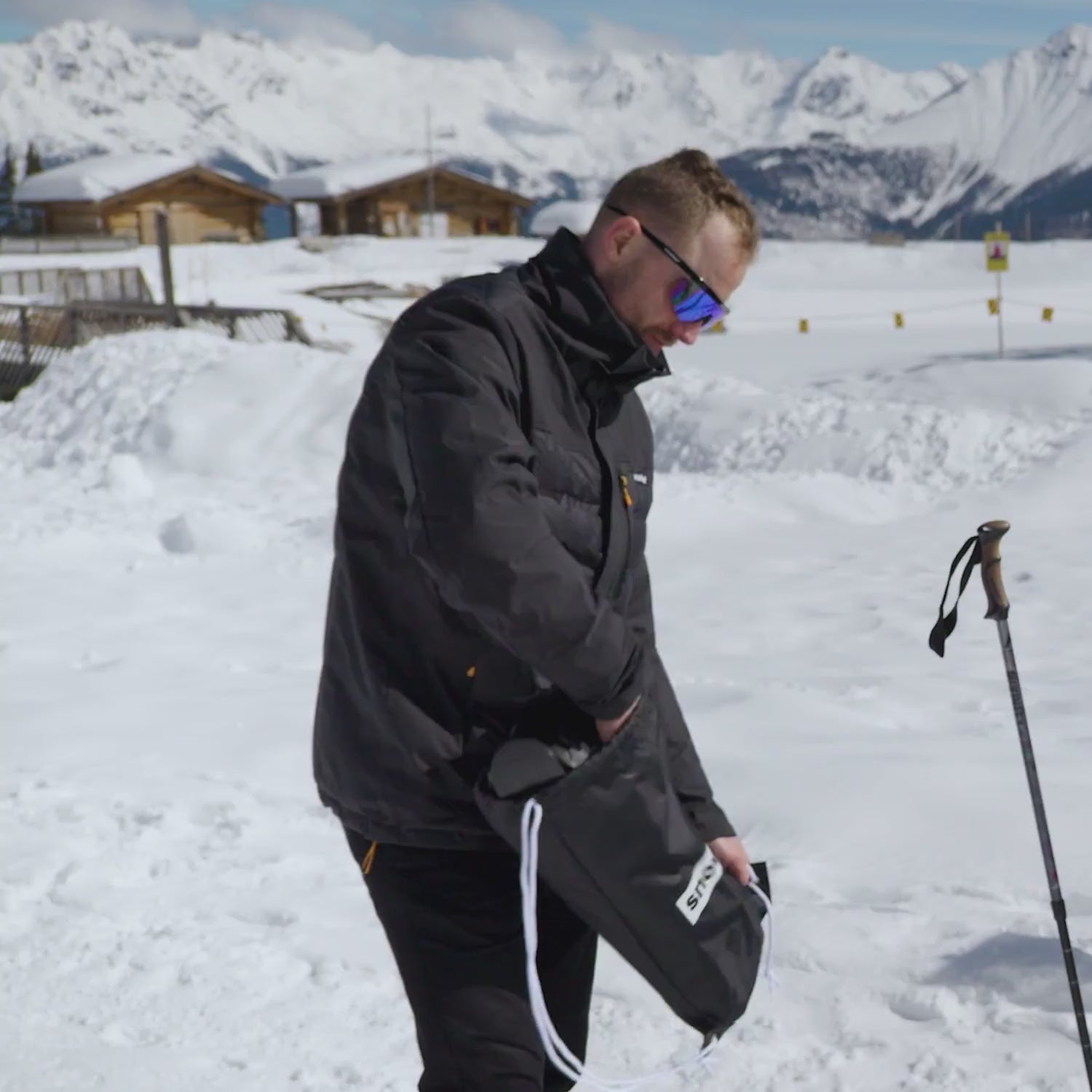
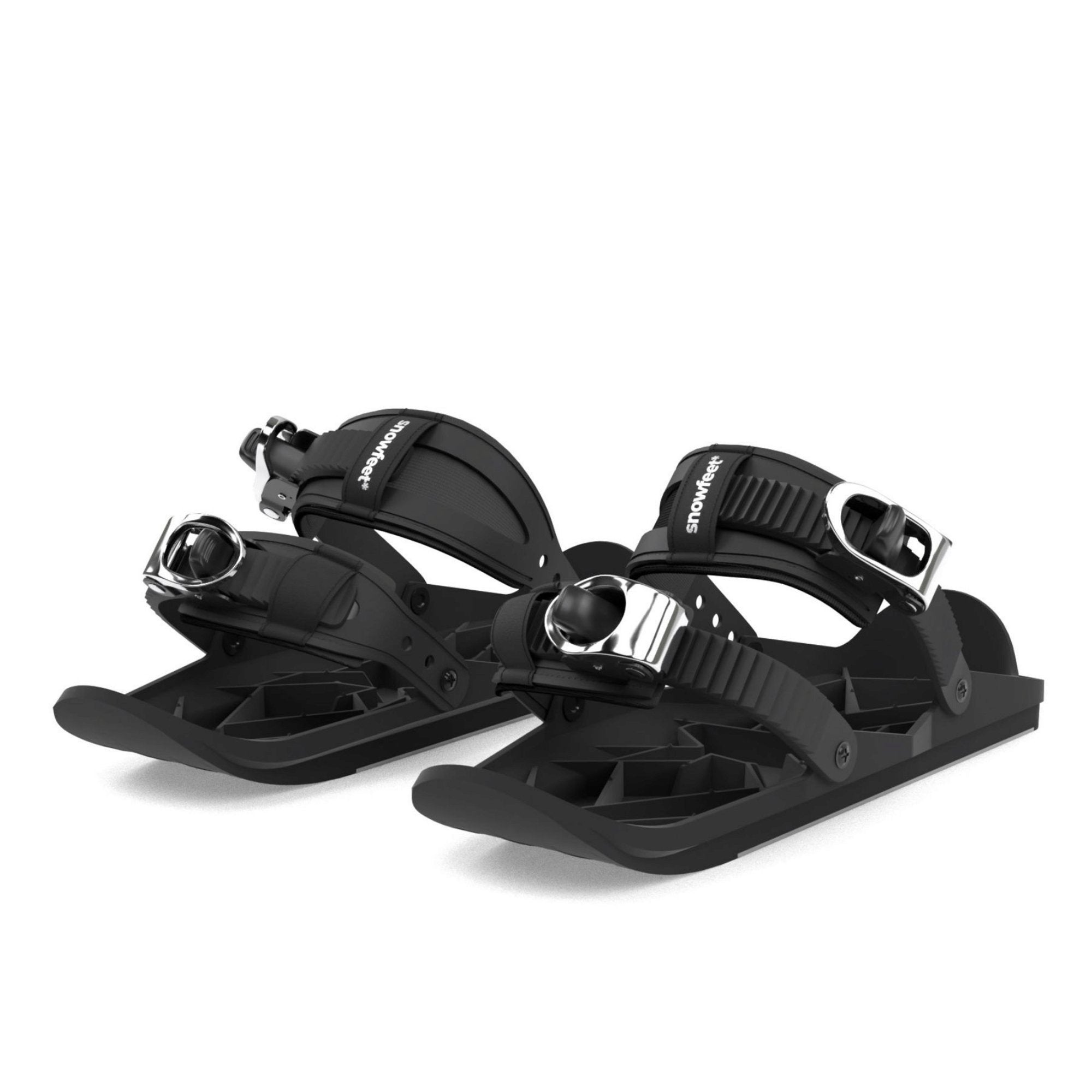
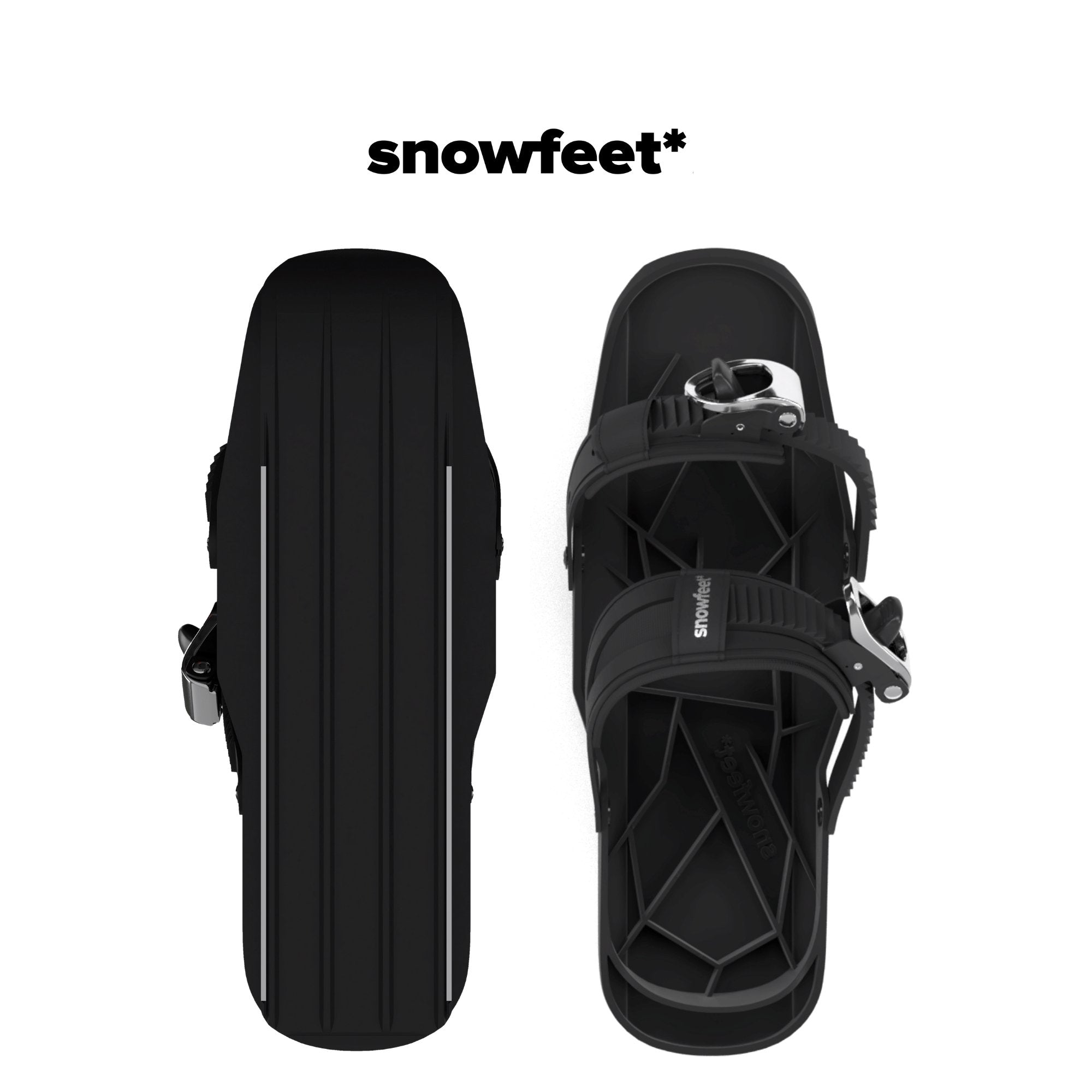
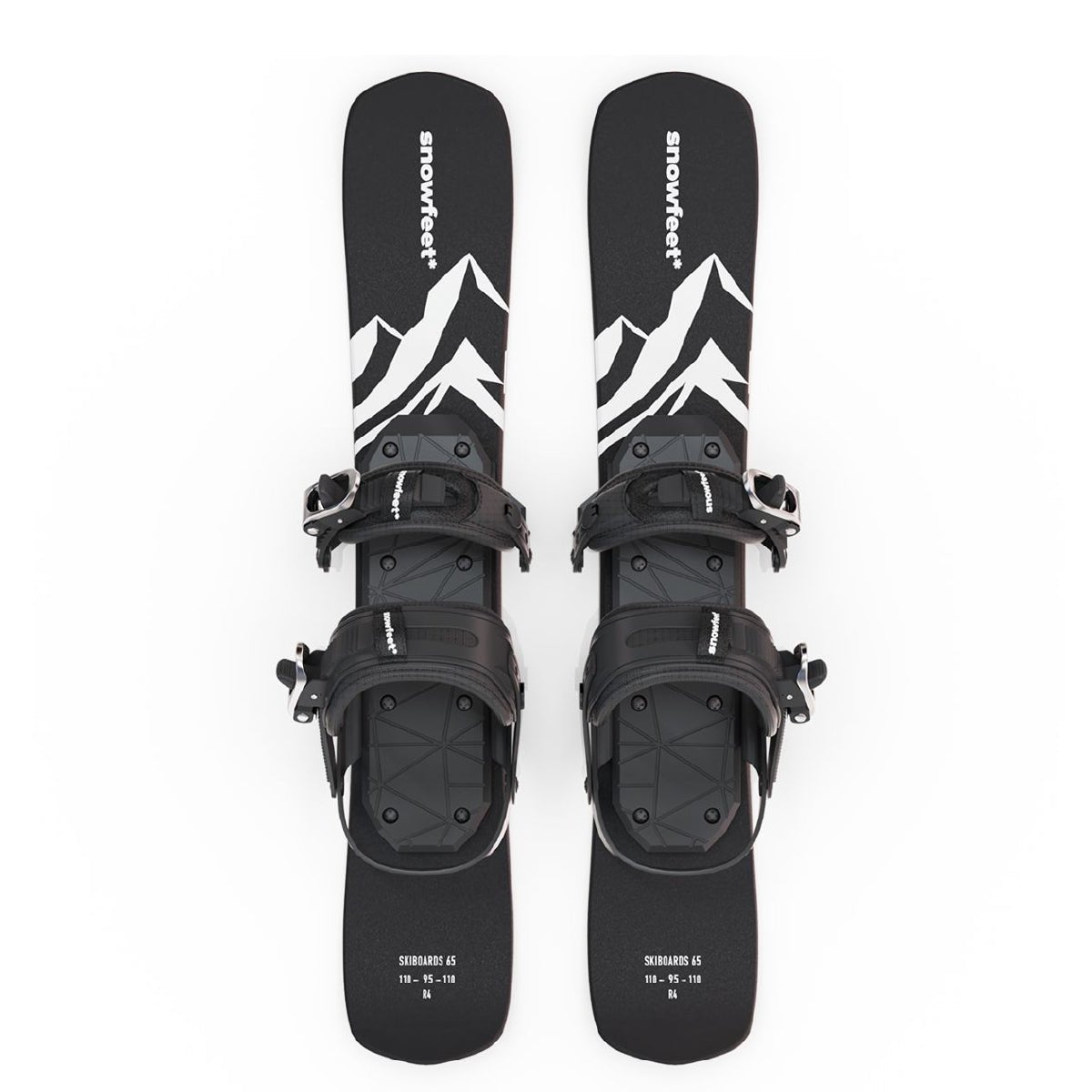
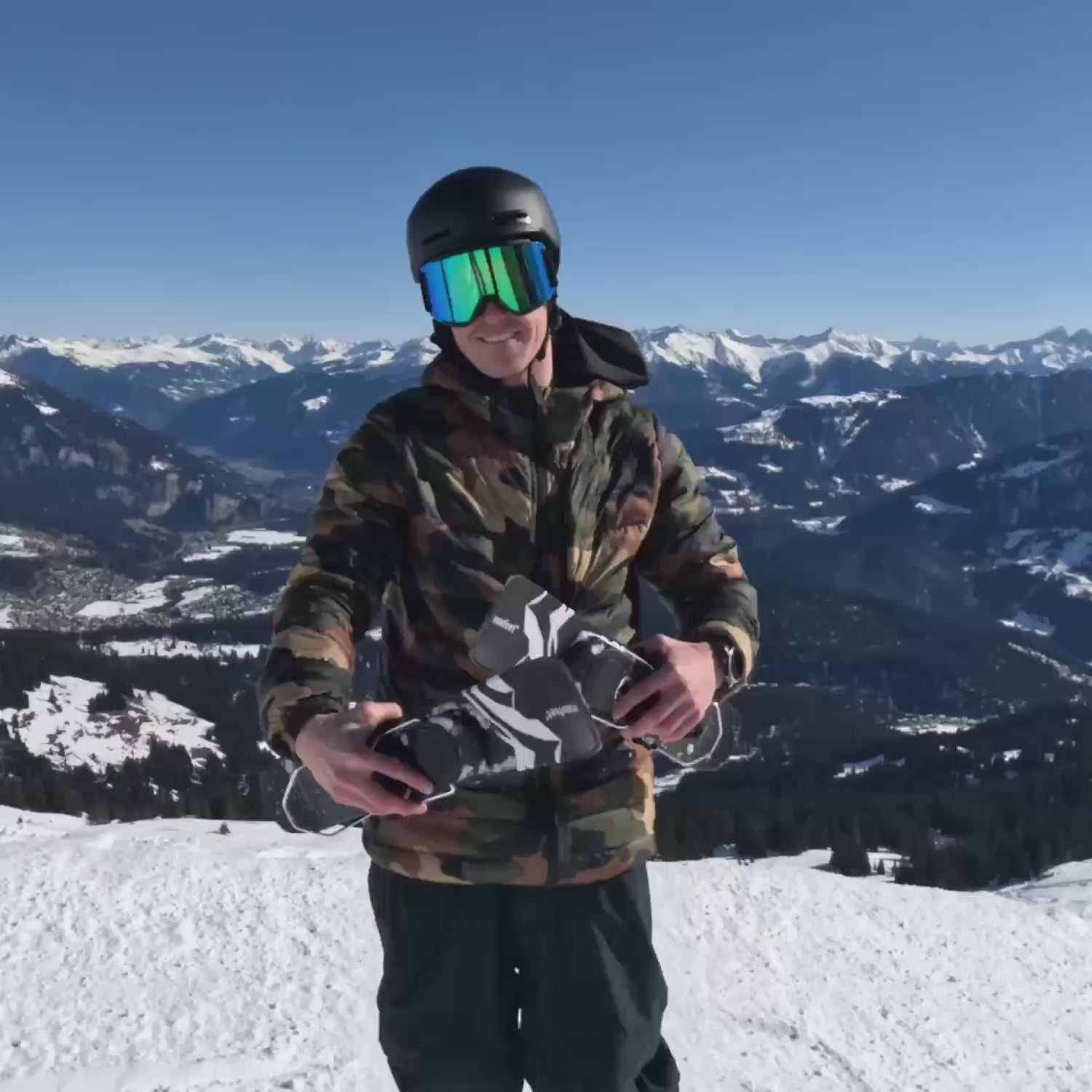
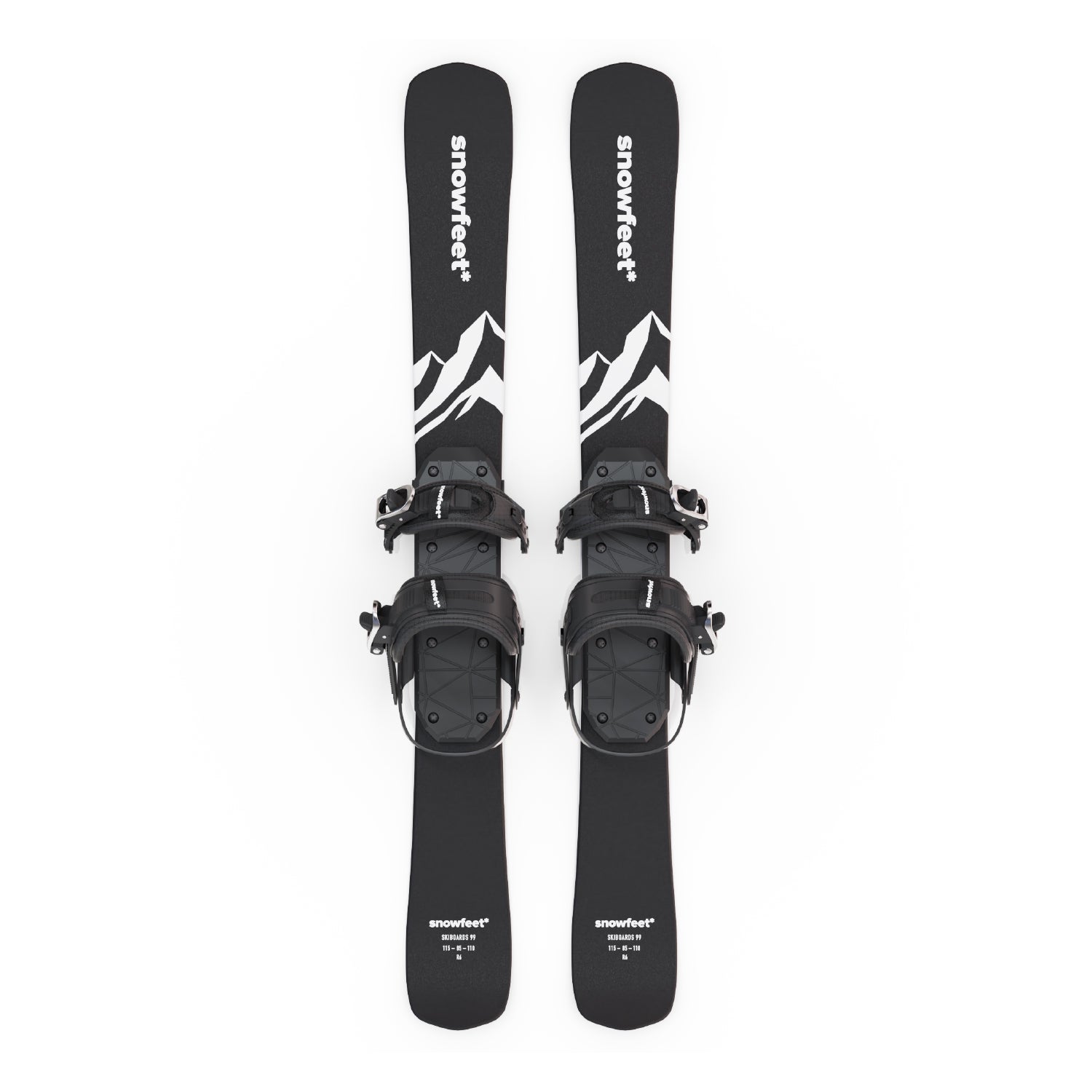
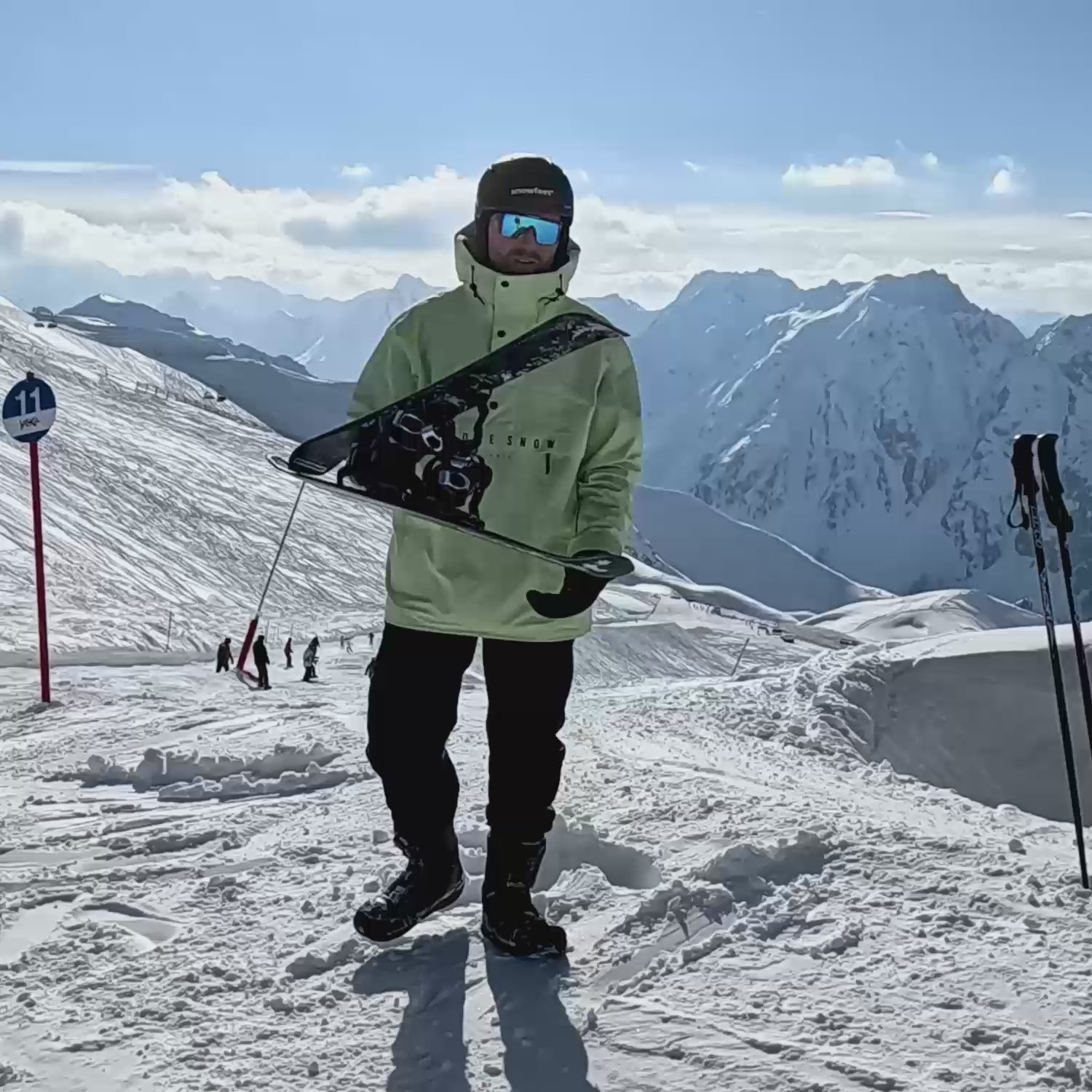
コメントを残す
このサイトはhCaptchaによって保護されており、hCaptchaプライバシーポリシーおよび利用規約が適用されます。